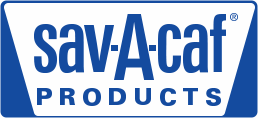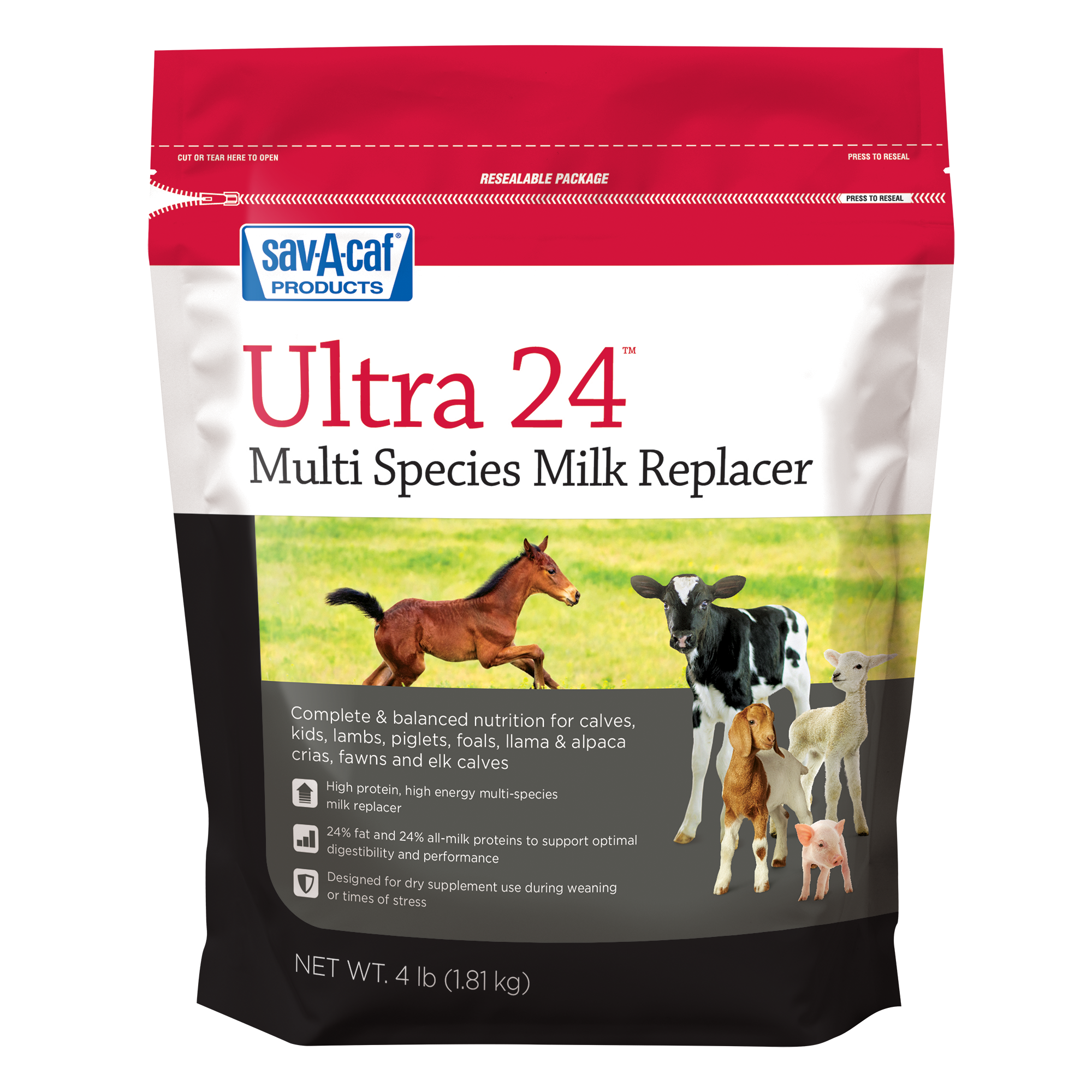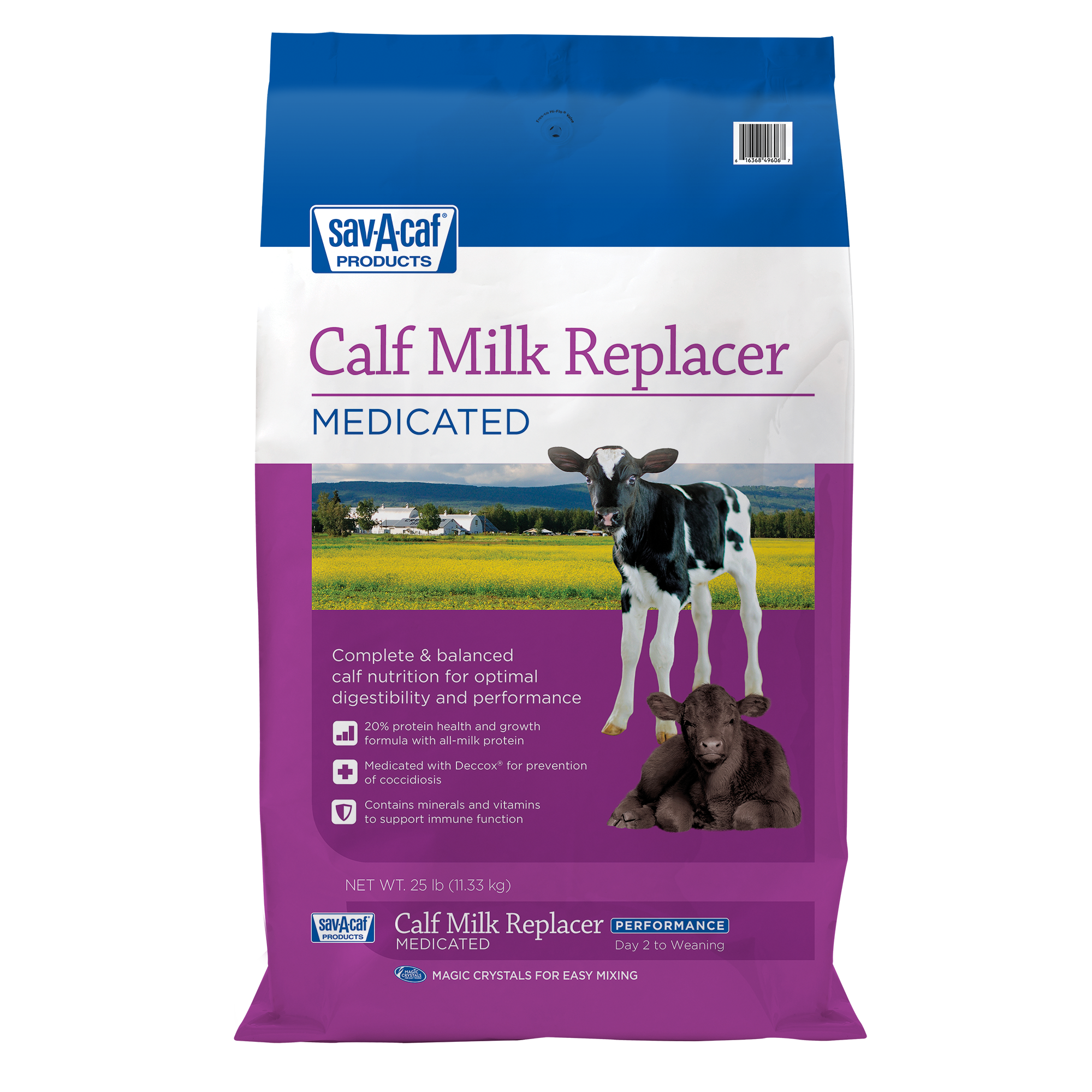
Feeding fawns or elk calves in the first few weeks
In most states, you must secure a permit to raise wildlife such as deer and elk on your property. For those who are permitted to raise wildlife, knowing how to properly care for and provide adequate nutrition to your fawn or elk will give them the best start at life. Their feeding routine is very important and changes quickly, so being prepared for each phase ahead of time will help get your new fawn or elk calf off to a strong nutritional start.
0-48 hours
Fawns and calves should begin naturally nursing within two hours of their birth. However, if the doe or cow had a difficult birth, this will cause her to reject her newborn. In this case, or in the case that the newborn is unable or unwilling to nurse naturally, a colostrum replacer or supplement is critical to ensure they are receiving adequate nutrition in their first hours of life.
Bottle feed a colostrum supplement like Sav-A-Caf® Multi-Species Colostrum Supplement within four hours of the newborn’s birth while their body is best equipped to absorb the critical nutrients in the formula. Continue to bottle feed every three to four hours for the first one to two days.
In these situations where bottle feeding is necessary, it is still important to handle the fawn or calf as little as possible if they are still living with the doe. Do this by wearing latex gloves to minimize the transfer of human scent to the newborn.
Days 1-2
If they are still not nursing adequately after 24-48 hours, switch to milk replacer. This will be their primary source of nutrition until weaning. Choose a milk replacer with at least 24% protein, such as Ultra 24™ Multi-Purpose Milk Replacer, which is formulated to provide the optimal blend of energy, protein, vitamins and minerals for healthy deer or elk development. It’s best to feed them by bottle about eight times per day because smaller, more frequent feedings will increase digestibility and minimize digestive upset.
Weeks 1-2
In the next couple of weeks, continue feeding the fawn or calf milk replacer between six and eight times per day or allow them to nurse themselves. At this point, you will want to begin feeding a deer, goat kid or calf starter concentrate in a location that is not easily accessible to adult deer and elk.
You can also introduce forage or hay for the fawn or calf to nibble on during this time. Deer and elk are ruminants, which means they have a four-part stomach built for digesting large quantities of forage. Early feeding of forage and grain helps jump-start rumen development. At this age, high-quality alfalfa hay, legume hay or other fabaceous plants are best for optimal digestion.
Weeks 3-12
When the fawn or calf is between 3 and 12 weeks old, gradually reduce the number of milk replacer feedings to just one per day at week 12, and refer to the packaging for specific feeding rates. It’s most important to ensure the fawn or calf is consuming ample nutrition from forage and feed before weaning begins. In addition to feed, make water a priority by providing fresh water for your newborn at all times. This will encourage them to drink adequately.
Read more about fawn and elk nutrition and be sure to follow My Farm Journey on Facebook and Instagram for additional insights.



